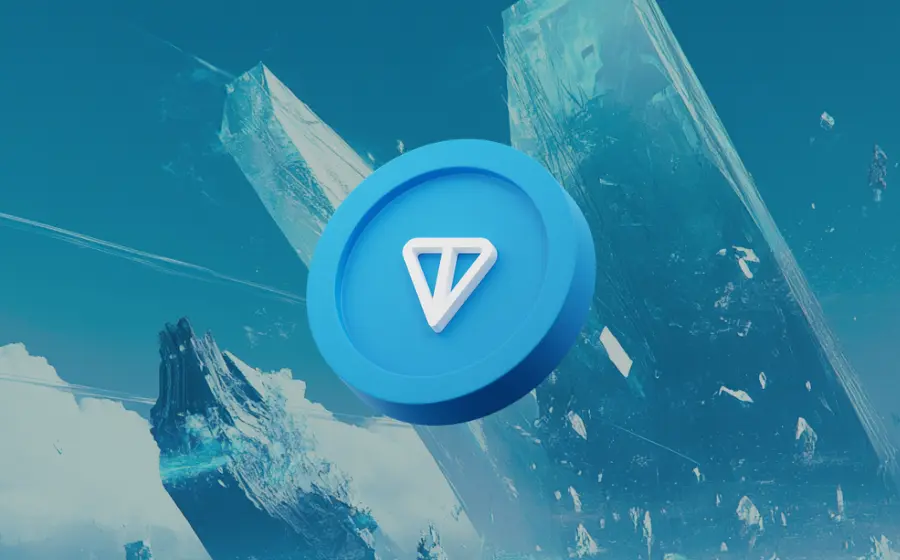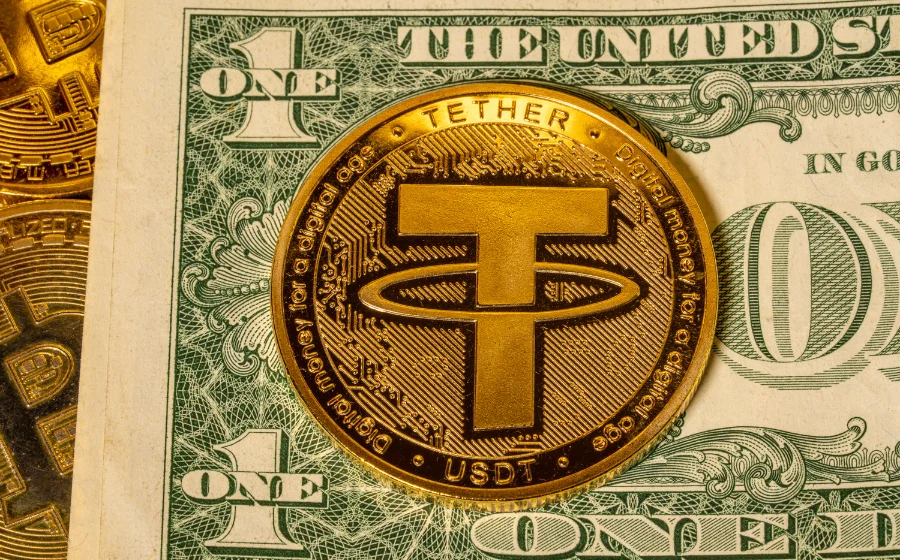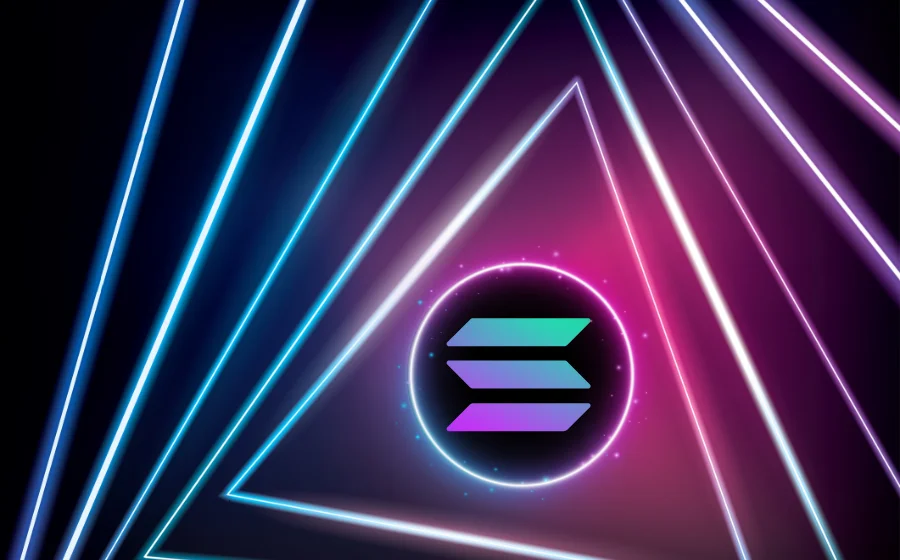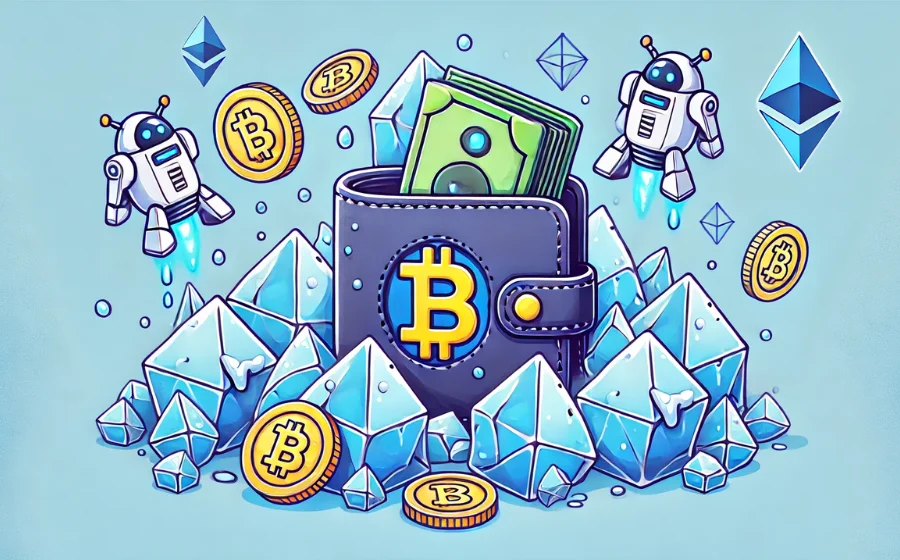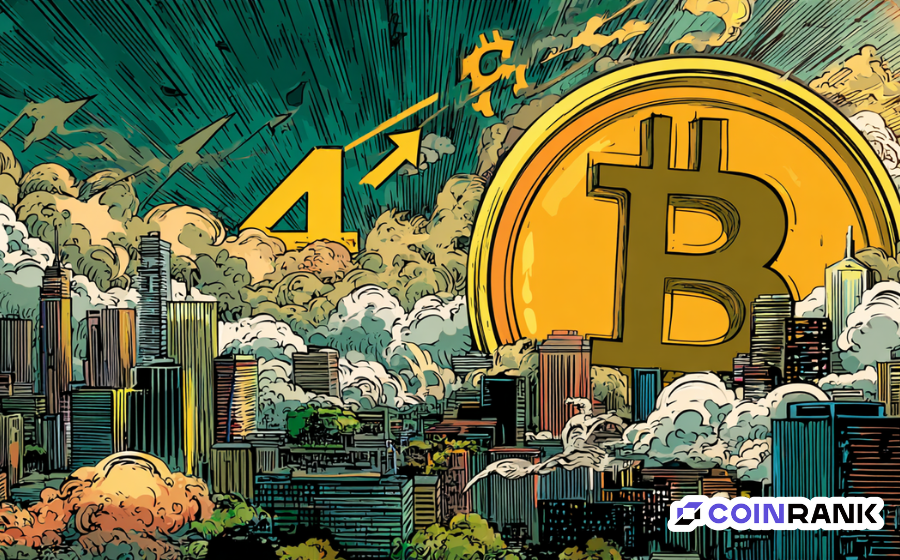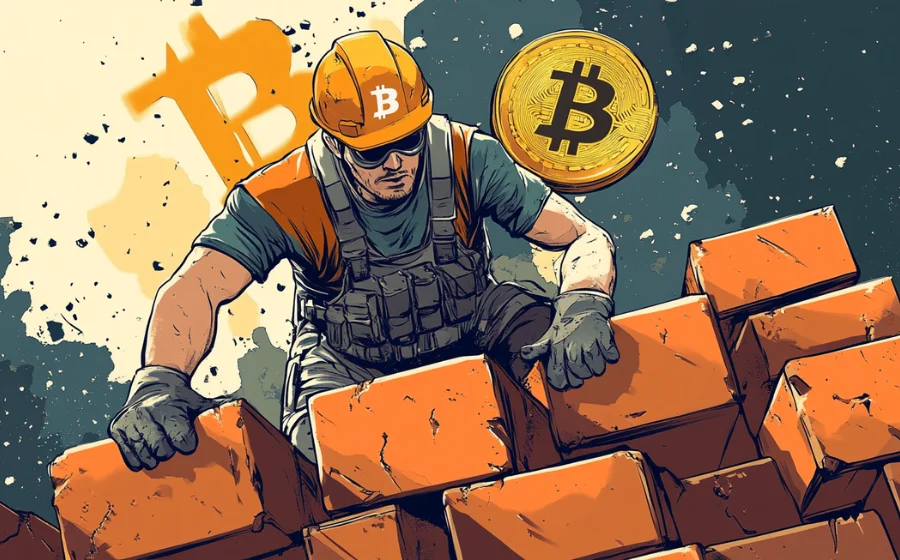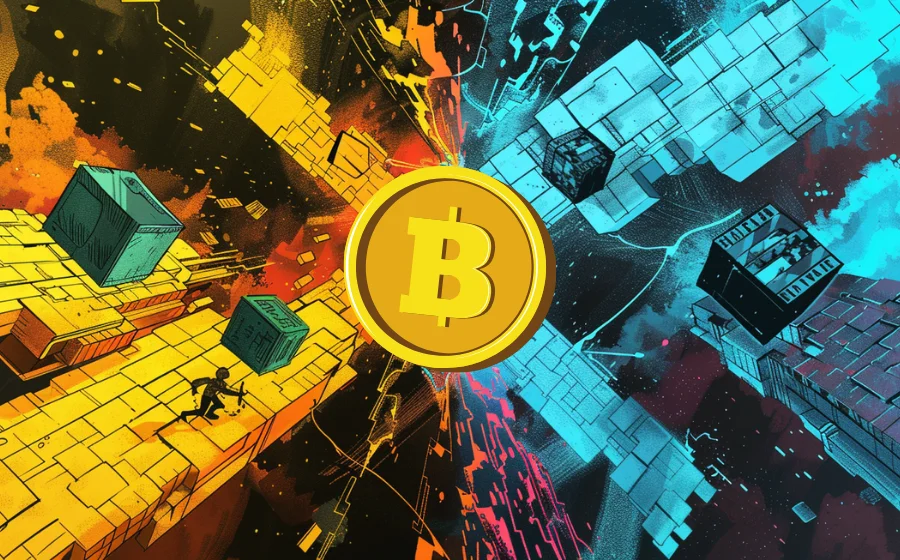
KEYTAKEAWAYS
- Soft forks are backward-compatible updates that allow old nodes to operate, requiring majority miner support.
- Hard forks create incompatible updates, potentially splitting the blockchain into two separate chains.
- Understanding forks is crucial for blockchain development and technological advancements.

CONTENT
Learn the difference between hard forks and soft forks in blockchain. Understand how protocol changes can split blockchains into separate networks and their implications for miners and users.

WHAT ARE BLOCKCHAIN FORKS?
A blockchain fork is simply a change to the blockchain network protocol. When a fork occurs, the blockchain splits into two independent networks, resulting in two separate blockchains. Forks are technical events that can happen when miners on the network discover a block almost simultaneously, causing two blocks to be created at the same time in different parts of the network.
Forks can be part of planned protocol updates, driven by the community to add new features or enhance existing ones. They can also happen due to attacks on the network. Anything designed to be decentralized is susceptible to forks, and many cryptocurrencies have forked multiple times into smaller sections.
Blockchain forks can be divided into hard forks and soft forks. A hard fork is an incompatible update that requires all nodes and users to upgrade; otherwise, they will not be able to continue operating on the same blockchain. This often results in the blockchain splitting into two separate chains.
In contrast, a soft fork is a backward-compatible update that allows non-upgraded nodes to continue participating in the blockchain network. This type of fork usually does not cause the blockchain to split but requires support from the majority of miners and nodes to be successfully implemented.
Understanding these differences is crucial for the ongoing development and technological advancements of blockchain systems.
📌 Blockchain Forks Example:
>>> More to read : Ethereum Classic (ETC): The Original Ethereum Blockchain
>>> More to read : What Is Bitcoin Cash (BCH): Role and Future
BLOCKCHAIN FORKS | SOFT FORK
A soft fork is implemented by copying and modifying the software code. The original project continues to exist, but a new project is created separately, developing in a different direction.
Suppose the team behind your supported cryptocurrency has a significant disagreement on how to proceed. A portion of the team might copy the website to another domain and publish content that differs from the original.
These projects share a common foundation and historical data. It’s like a road that later splits into two; their paths diverge from the point of the fork.
BLOCKCHAIN FORKS | HARD FORK
A hard fork is a software upgrade that is not backward compatible with older versions. In other words, if you choose to install and run the new software, the old version will no longer be valid, and vice versa. A hard fork involves fundamental changes to the network protocol, requiring all nodes or users to upgrade to the latest version of the protocol software.
Unlike a soft fork, a hard fork is considered “irreversible.” If users do not upgrade their software, they will no longer be recognized as part of the network.
Hard forks are controversial due to the lack of backward compatibility. What happens if some users start using the new software while others do not? What if those running the older software disagree with the changes? To answer these questions, it’s essential to understand the reasons behind a hard fork.
A hard fork is a form of “democracy.” If enough people support the change, the new version will be adopted, and the old version will no longer be viable. This way, everyone can collectively decide whether to upgrade. Typically, if more than 50% of the miners support the hard fork, it will be implemented and become permanent (i.e., there’s no going back).
However, if miners representing less than 50% of the computing power want to create an upgrade that deviates from the network’s original rules, they can do so by adding replay protection. This way, only one chain will be considered valid and “real.”
Hard forks have two main benefits. First, they address scalability issues. By increasing the block size, hard forks allow more transactions to be processed simultaneously, resulting in lower fees and shorter confirmation times. In other words, larger blocks can accommodate more transactions without requiring higher fees or causing delays of hours or even days for a single confirmation. Second, hard forks resolve consensus issues.
>>> More to read : Beginner’s Guide | What is a Smart Contract?
SOFT FORK VS HARD FORK
✅ Soft Fork
➤ Compatibility: Backward compatible.
➤ Requirements: Only requires a majority of miners to upgrade.
➤ Impact: No noticeable impact on users.
➤ Consensus: Only needs support from the majority of miners.
✅Hard Fork
➤ Compatibility: Not compatible with previous versions.
➤ Requirements: Everyone needs to upgrade simultaneously.
➤ Impact: Can lead to two different types of coins and transaction issues.
➤ Consensus: Requires near-unanimous consensus (e.g. 95% agreement).
>>> More to read : Crypto Cold Wallet vs. Hot Wallet: What’s the Difference
FAQ
- What is Soft Fork?
When new miners’ hashing power exceeds 51%, blocks produced by new miners are incompatible with those from old miners, but old miners remain compatible with new miners’ blocks.
- What is Hard Fork?
New blocks from updated miners can be compatible with old miners’ blocks, but old miners’ blocks are not compatible with updated miners’ blocks.

